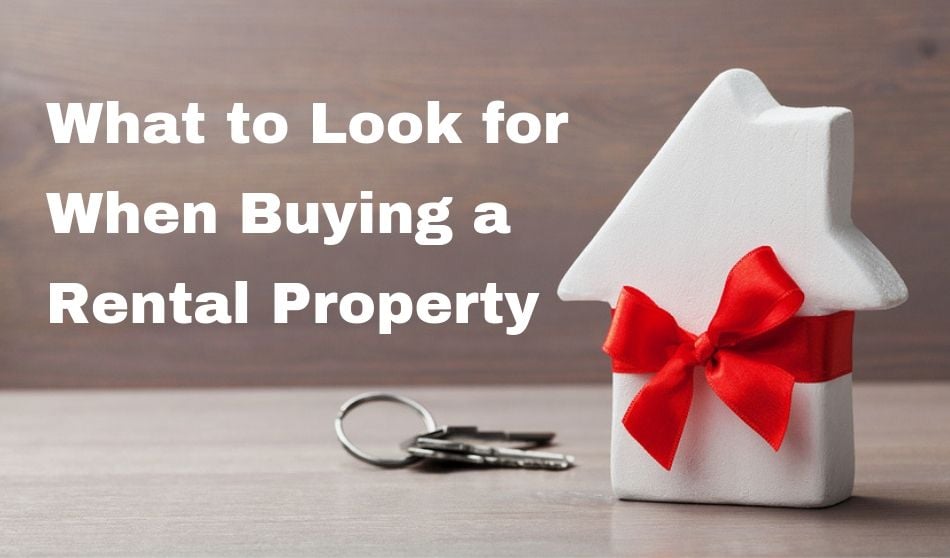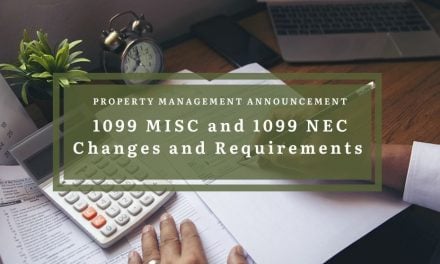
If you’re considering entering the rental game and adding “landlord” to your title, then you’ll want to educate yourself on the various pros and cons of this business endeavor.
Becoming a quality landlord, as well as a successful one, who actually sees a return on their investment, takes patience, effort, and savviness.
Avoid mistakes when purchasing a rental property that may end up costing you more than you bargained for. When inputting numbers into your rental property spreadsheet to determine if a property will be a good investment, remember to err on the side of caution when it comes to cost and time spent on repairs and maintenance.
The Dos and Don’ts of Rental Property Investing
Additionally, you will want to turn to these tips of what to look for when buying a property to help give you an advantage when shopping around.
Don’t: Look for a Fixer-Upper
All of those popular home improvement reality shows make buying a rundown home look so glamorous and fun. Beware of signs that the fixer-upper you’re being shown is a mistake.
Buying a fixer-upper may be cheap in the beginning, but transforming it into a gorgeous and livable home isn’t a project for the inexperienced. Unless you’re particularly blessed with an ability to perfectly execute large scale home improvement projects, you’re going to need to rely on professionals, which will add up and gradually deplete the value of your return.
Do: Look for a house with minimal repairs
This type of house may be more than your traditional fixer-upper, but you won’t have to worry about investing in a handful of expensive repairs. If the property needs some tlc, look for a home that is priced under the average market price to still feel as though you’re getting a deal with your investment.
Don’t: Look without considering location
Even if you find the perfect house to invest in- it’s affordable, below market price, has minimal issues- you could be left struggling to fill it with tenants if it’s located in an undesirable location.
No matter the amount of effort that you put into a home, if the house itself is far away from the majority of jobs or has a considerable drive to major grocery and department stores, then it may be seen as too much of a hassle for those looking to move in.
Do: Look for a property in high-traffic areas
Buying and renovating a rental property within an area that has a thriving rental market will increase your chances of receiving a large return on your investment.
Purchasing a property within this type of area will provide an advantage, as most people flocking to this location are looking for rentals. Additionally, choosing an area that caters to a renter demographic may also give you an edge. Young professionals, those with travel heavy occupations, or those needing a place close to a college or university are in the market for rentals specifically.
Don’t: Settle without investigating “minor” damages
If the property you’re looking at requires minor repairs to pipes or needs a simple water heater replacement, calling in a plumbing professional will have this issue fixed in no time. However, don’t take the “minor” issue at face value. If there are detected leaks in the house, there may be potential water damage that can be much more serious, time-consuming in its repair, and especially costly.
Don’t: Forget to check gutters and infrastructure
If the gutters were not maintained throughout the winter, your rental property could be (or already has been!) the potential victim of flooding.
Check gutters to see if there are any signs of cracks or severe dents caused by harsh weather and ice. Survey the base of the house for any cracks that may allow flooding brought on by damaged gutters to pool up and seep into the foundation of the home.
Do: Visit the house during and after rain
If you do see cracks in the gutters or base of the home, be sure to visit the house during or after moderate to heavy rain to check if flooding occurs. This can additionally help you gauge if there may be water damage within the infrastructure or basement that is worth investigating further. This is especially important if the property has a finished basement, as potentially dangerous substances like asbestos may have been used in tiling or ceiling insulations.
Water damage can cause asbestos to become airborne, which can be a liability as a landlord should a tenant become sick. Inquire about the timeframe in which the house was built- older homes constructed before the mid-eighties are most likely to have asbestos present. Age may be helpful in identifying if this may be an issue!
Don’t: Overlook cosmetics
If the house is in a great location, doesn’t require major repairs, and you can get an awesome price for it, don’t assume that this means you’ve hit the jackpot with the perfect rental property.
If the house looks outdated, the yard itself is dingey, and the inside needs some updates, potential renters might be less likely to pay a price that will help you see a return.
Do: Look for a property with small blemishes
Look for a property with cosmetic faults that can be easily updated, especially on your own. Houses that have one or two rooms with old, worn-out wallpaper can be taken down and repainted within a single weekend, and at little cost to you. Use DIY tips to redo kitchen cabinets that are outdated but in good shape, such as repainting, installing new pulls and knobs, or putting on a fresh, modern cabinet door.
Final Thoughts
Although there is a long list of things to keep in mind when searching for your rental property, don’t be deterred from making this investment. Having a rental property may be similar to running a small business but it is entirely possible to be wildly successful in your endeavor. Taking your time while searching for the perfect rental property, and being mindful of some simple dos and don’ts will have you on your way to being a great landlord.






@kaycee miller
Nice inputs, helps an investor to purchase a right rental property.